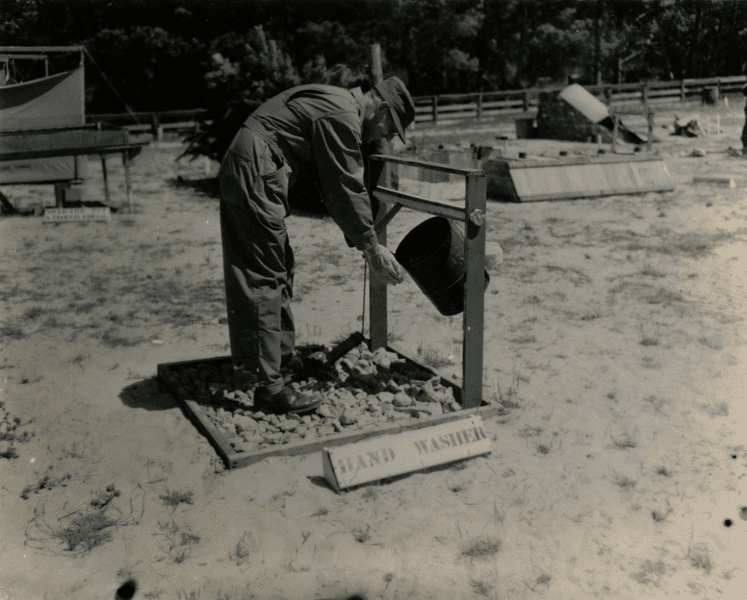
Last month we discussed how certain products and services are very much in demand right now across Latin American and we don’t mean the obvious like facemasks, ventilators, and medicines. Today, let’s look at hygiene control.
Hygiene is one area that we see plenty of potential for in the coming months and even years. Being based here in the region, we notice the huge increase in interest (and money spent) in this area, particularly from our recent conversations with importers. What’s more, unlike other products that will drop in demand after the lockdown is over, hygiene products are here to stay.
We don’t just mean chemicals here, although demand for them will always exist. Brazilian and Mexican manufacturers dominate this market (both multinationals manufacturing there and local brands), so you’d need to compete in niches or be very aggressive on price and branding.
Hygiene control in the way of electrical and electronic goods, devices, installations – you get the idea, is where we see plenty of potential, and where overseas companies can really make a difference.
Whether the nudge comes from regulatory pressures, fear, efficiency (protecting workers and reducing absenteeism is always a good idea), CSR, PR, consumer demand (including that from export markets) or a combination of all, as a region the availability of hygiene products is patchy and the need is now critical.
It is important to take into account not just public sector demand but also what the private sector is requiring and don’t be afraid to suggest something totally new: innovation can be a strong argument particularly for British companies that will struggle to compete on price with, say, Chinese companies. British design and British manufacturing also command a premium.
More and more, and especially as a result of the COVID-19 crisis, the drivers are changing. The private sector is now more than ever before looking at hygiene control as a way to address its own concerns (absenteeism, sales, PR/marketing, fear, and so on) than just as a tick-box to keep regulators happy.
If your solution is adapted to a particular niche – say, abattoirs, mines or (private) schools and hospitals, to name a few with sufficient purchasing power in the region – then show it, and here for example Canadian and Australian origin can pay, too (or NZ/Irish origin for dairy applications, for example).
Remember, too, that there are locally-manufactured solutions so OEMs and part manufacturers can find a market here, too. See, for example, these new disinfection cabins developed in Uruguay and Argentina.
Everyone will demand more hygiene products in the region, but think for example of the following specialist applications and particular buyers:
- Private schools and universities
- Private clinics and hospitals
- Abattoirs
- Shopping centres
- Mining companies
- Multinational companies in the region including banks
- Oil and gas, especially offshore
- Food and drink exporters working towards high international standards, and their whole supply chains
- Large office buildings such as large free trade zones
Who in the region doesn’t want to lose customers because of hygiene concerns? Shopping centres come to mind. Who in the region doesn’t want to lose staff because of disease and cannot afford to have precious man-hours wasted? Where does disease spread quickly and has more impact on the bottom line? A mine and an oil rig come quickly to mind. Who has an image to protect or a duty to care? Branches of multinational companies and private schools/clinics come to mind. Who are more likely to be keen to innovate with new technology and solutions? Software companies and retail banks, for example.
As we always say, make sure you know your market well. Check out some data, for example, from the World Health Organisation via the World Bank on “Mortality rate attributed to unsafe water, unsafe sanitation and lack of hygiene”. Other useful sources include the Inter-American Development Bank, the UN Food and Agriculture Organisation and the International Labour Organisation.
The opportunities are there for companies that can offer something useful, practical, innovative, and sensibly-priced and that can prove they are in it for the long-term, not just as a response to the crisis. Make sure you communicate well, that you have local presence, such as a local distributor (who can do after-sales, too), and that you really understand what your market is demanding and how. Be flexible, adapt to the particularities of each of these markets and be prepared to listen.
(More on opportunities in food, agriculture and livestock in our next post – sign up to our newsletter or follow us on Twitter not to miss it).
